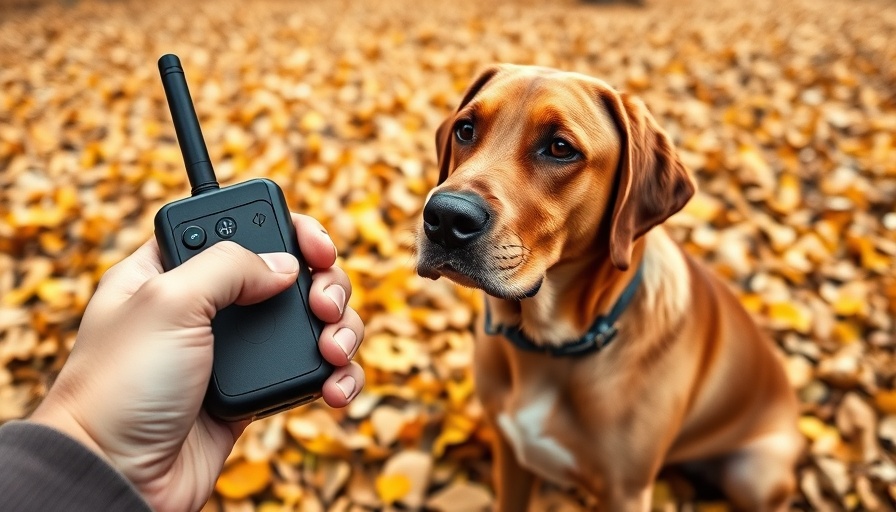
Unlocking Dog Training: The Power of Treats
As many dog owners can attest, training a dog can often feel like an uphill battle. One common challenge is the reliance on rewards, especially treats, to elicit desired behaviors. The phrase "He won’t do anything unless I have a treat!" echoes the sentiments of countless dog owners grappling with this issue. However, understanding the science of reward-based training can be pivotal in transforming this perspective.
Why Treats Matter in Dog Training
Treats can be a powerful tool in a dog trainer's arsenal. According to the American Kennel Club, positive reinforcement—including food rewards—is one of the most effective methods for teaching new commands or behaviors. This form of training is not one-size-fits-all; just like humans, dogs have unique motivators. Some dogs respond enthusiastically to high-value treats like chicken or cheese, while others may find more mundane options just as enticing.
Creating a Reward Hierarchy: Understanding Your Dog’s Preferences
When training, it’s crucial to assess what motivates your dog the most. The AKC suggests establishing a hierarchy of treats based on value. For instance, regular kibble might suffice during a calm training session at home, while a complicated training environment calls for something more enticing. Treats should be small and palatable so that your dog stays engaged and does not become too full too quickly.
Strategies to Boost Training Success
Adapting your strategy to your dog’s context is key to enhancing training efficacy. For example, training sessions in high-distraction areas, like parks, warrant higher-value treats. By matching the treat's value to the difficulty of the behavior and the distractions present, you reinforce the desired behavior effectively. This is equivalent to ensuring that a worker is motivated by competitive pay for challenging tasks.
Beyond Treats: Building a Relationship with Your Dog
While treats are incredibly effective, it's important to build a bond with your dog that transcends the lure of food. This can involve play, praise, and positive interaction, which foster an environment of trust and comfort. Training shouldn't simply be transactional; it should be a journey that strengthens your relationship with your canine companion.
Common Misconceptions in Dog Training
One of the most prevalent misconceptions is that relying on treats creates a 'bribe' situation. However, it's essential to understand that positive reinforcement does not equate to bribery. Instead, it reinforces consistency and clarity in communication between you and your dog. Treats act as motivators that can be gradually phased out as your dog learns to associate commands with rewards that also come from your praise!
Future Predictions in Canine Training Approaches
The future of canine training will likely integrate not only nutritional elements but also psychological insights into dog behavior. Emphasizing understanding and communication will foster deeper connections between dogs and their owners, resulting in happier, well-adjusted pets.
Conclusion: Take the Next Step in Your Training Journey
Understanding your dog’s training needs requires both patience and a strategic approach. By utilizing the power of treats effectively, while also building a nurturing relationship, you can encourage better behaviors more consistently. So, as you navigate the training process, consider your dog’s unique preferences and adjust your methods accordingly. Connect with fellow dog owners, seek advice from trainers, and remember to focus not just on the treats but on the joy of the journey with your furry friend.
 Add Row
Add Row  Add
Add 




Write A Comment